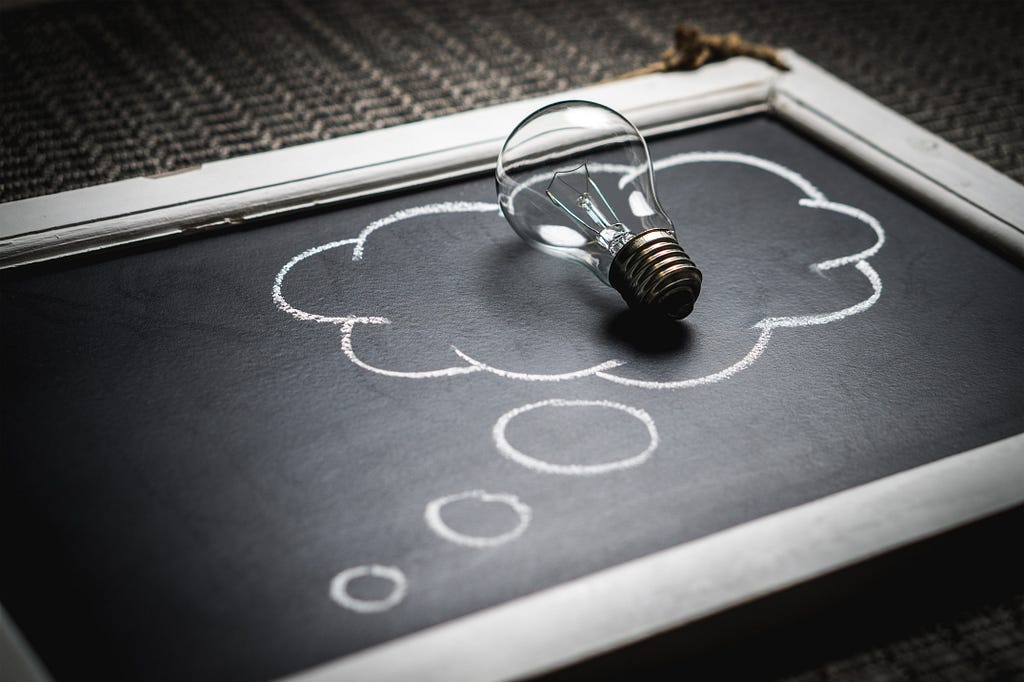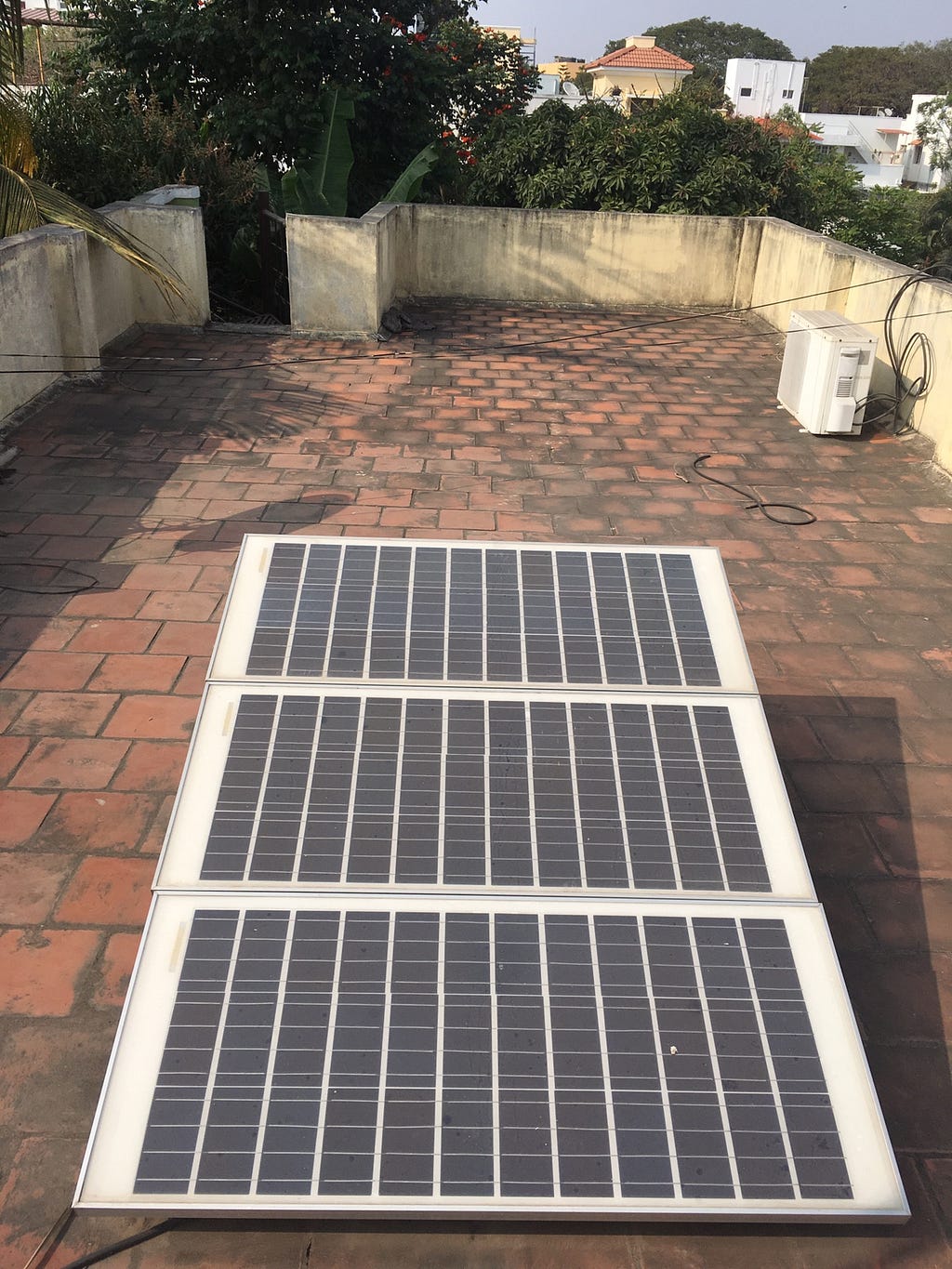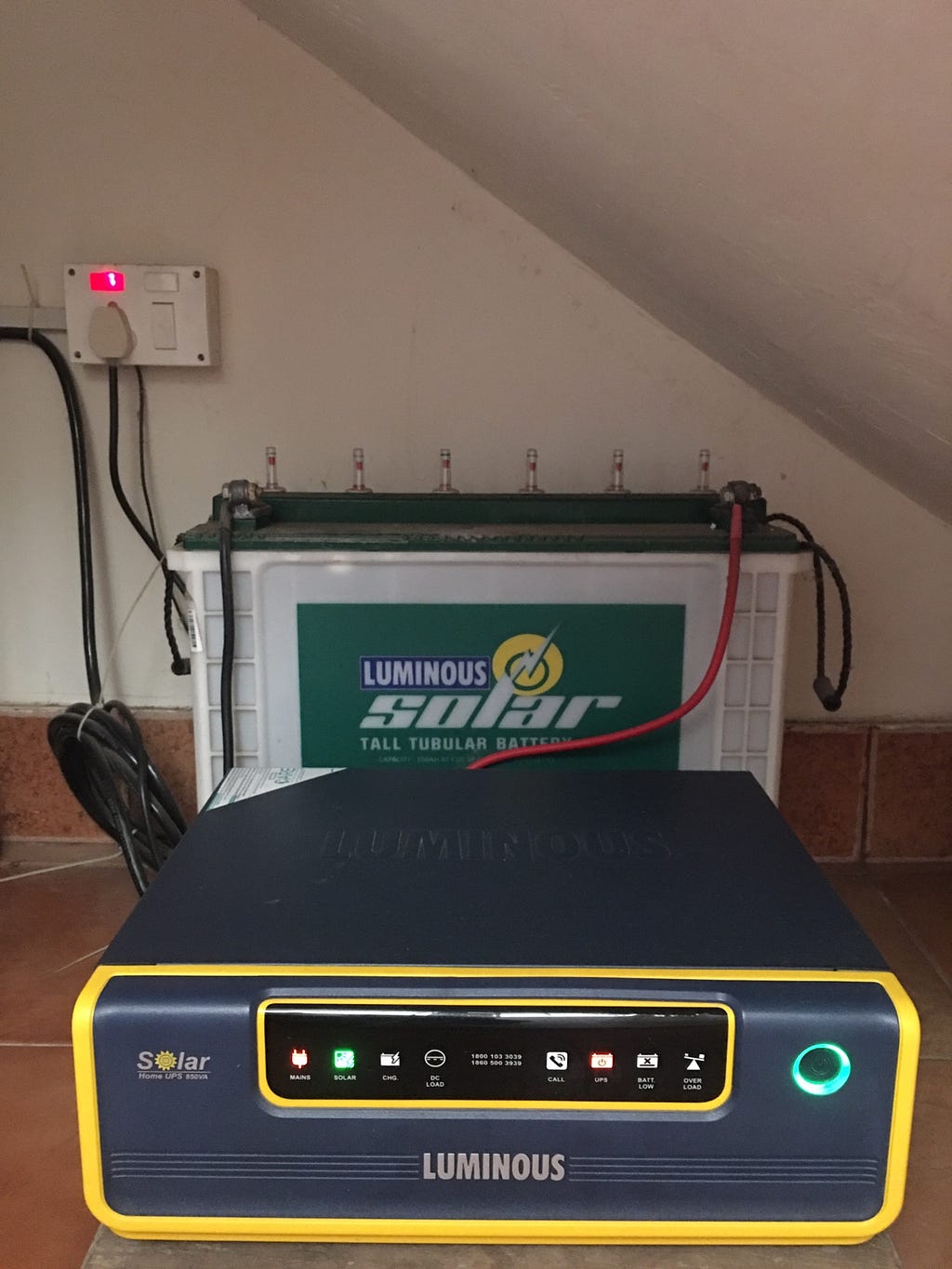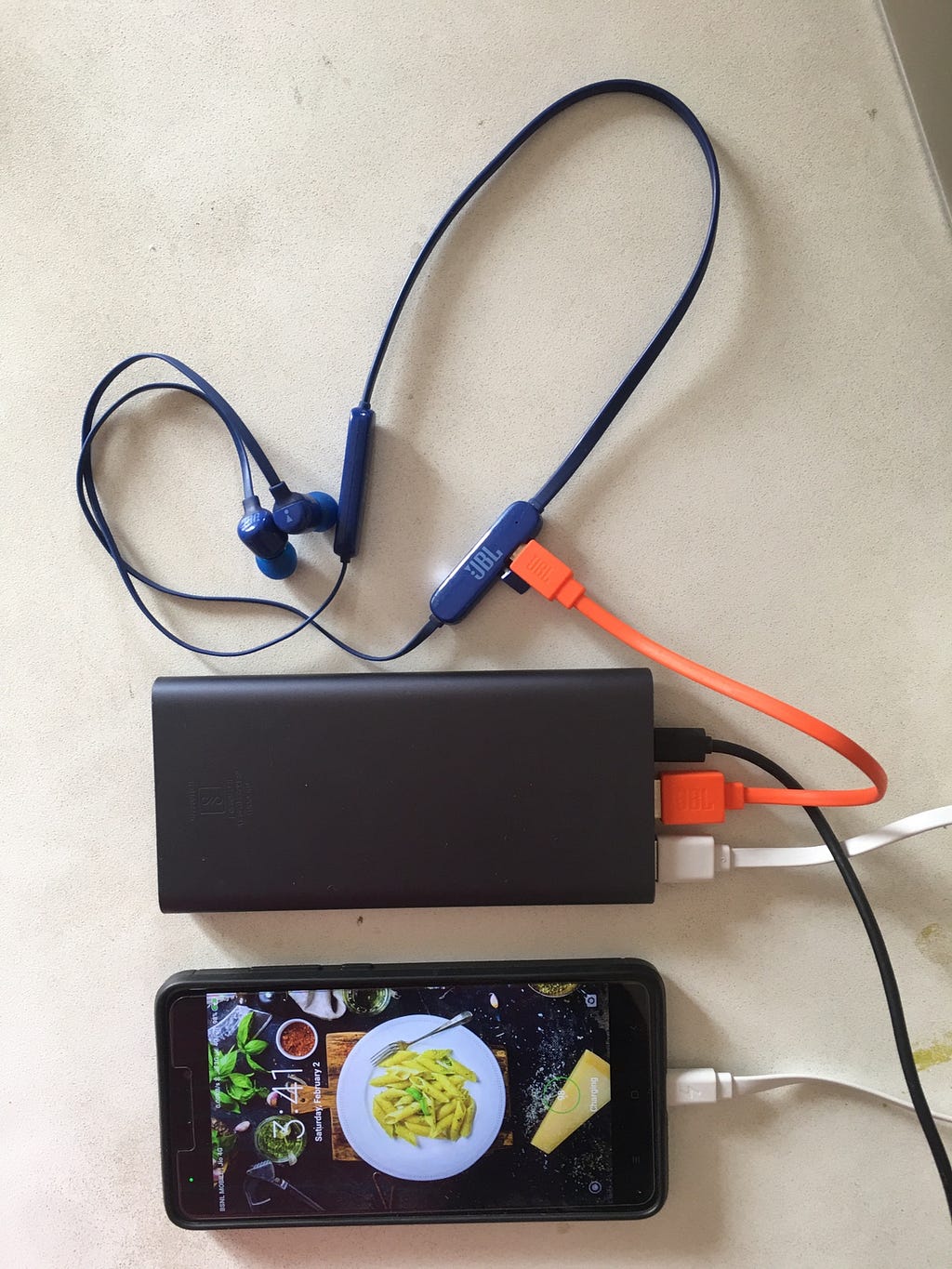Latest news about Bitcoin and all cryptocurrencies. Your daily crypto news habit.
 Thoughts on saving power
Thoughts on saving power
This morning, there was a power cut where I live in India, which is an accepted part of life here. However it’s mainly the poorer Indians who are affected, as those who can afford it usually have a battery or inverter at home to store up energy while the power is up. This seamlessly kicks in during power cuts so we won’t even know about a power cut, unless we try to use high power equipment like ACs, which won’t run on battery power.


 Solar panel charges battery/inverter which charges the battery power pack which charges my phone and bluetooth headset in low power modeDefeating the purpose of power cuts
Solar panel charges battery/inverter which charges the battery power pack which charges my phone and bluetooth headset in low power modeDefeating the purpose of power cuts
What’s ironic is that if usage of inverters during power cuts becomes universal in India, it could theoretically lead to more power being consumed overall, defeat the objective of load shedding (home owners use more electricity during power uptimes to store energy in inverters, and charging and discharging batteries always involves some energy loss). The only reason load shedding still happens is because commercial establishments get shut down during power cuts as they need higher power than inverters can supply, and not all industries can afford to invest in expensive diesel generators.
The battery that sparked a thought
Coming back, my bluetooth headset had run out of juice. Since its battery is tiny, I have to charge it in low power mode, and I can’t use the usual phone chargers lying around the house. Incidentally, I learned that the hard way when my first bluetooth headset died after just a year. The service mechanic informed me it was designed to be only charged with a low power USB port, which is what you normally have on your laptops and PCs. Fortunately, my power bank has a feature by which a double press on its on/off button causes it to charge in lower mode (a slow blinking light indicates low power charging).
So that’s how I connected my power bank to charge my headset, only to notice it too was drained. It was as I connected the power bank to the wall socket that I realised that my solar panels were charging my inverter, while it was charging the power bank, which in turn was charging my bluetooth headset.
I found the whole idea pretty intriguing.
Energy loss and batteries go hand in hand
Logically, it’s more efficient to run something directly from the mains, than through a battery as there is always some energy loss in charging a battery. Think about it. Don’t phone chargers usually feel warm? Some energy is being wasted as heat while charging a device’s battery. So when one battery is charging a second which in turn is charging a third, it’s incredibly inefficient.
Of course, the power usage of batteries on my phone, power bank and bluetooth headset are negligible are minimal. So it’s not like it’s going to make any perceptible difference in my electricity bill or anywhere else.
Except possibly, inside my head.
Is it just me? Or should the world rethink how it uses batteries? Considering the billions of portables devices in use worldwide, the savings in energy on all those tiny batteries might just add up to a lot.
I was curious so I decided to do the math.
Putting a dollar value to energy loss
According to statista.com, there are about 5 billion mobile phones in the world. Most phone users have additional portable battery powered devices. Like I have a MacBook, an iPad, a power bank, and random bluetooth devices… never mind! For simplicity’s sake, let’s assume each phone owner has one portable device, which means there are 10 billion portable devices/batteries in existence.
According to this 2013 Forbes article, it costs around $0.25 to power a phone for a year, and $10/year for a phone-tablet-laptop combination. Phone screens have got larger since 2013, and may need a bit more power. This Indian site makes it like 5 units per year, which would be ₹35 (or around 50 cents). To keep it simple, let’s stick with $0.5/year as the average phone’s electricity consumption cost.
Is the energy loss while charging a battery significant? To quote the above site:
Mobile phone chargers as well as many other battery chargers have transformers that convert AC (Alternating Current) to DC (Direct Current). Transformers not only convert electricity but they also consume it. They have 50–90% efficiencies in using electricity (
Disclaimer
The views and opinions expressed in this article are solely those of the authors and do not reflect the views of Bitcoin Insider. Every investment and trading move involves risk - this is especially true for cryptocurrencies given their volatility. We strongly advise our readers to conduct their own research when making a decision.